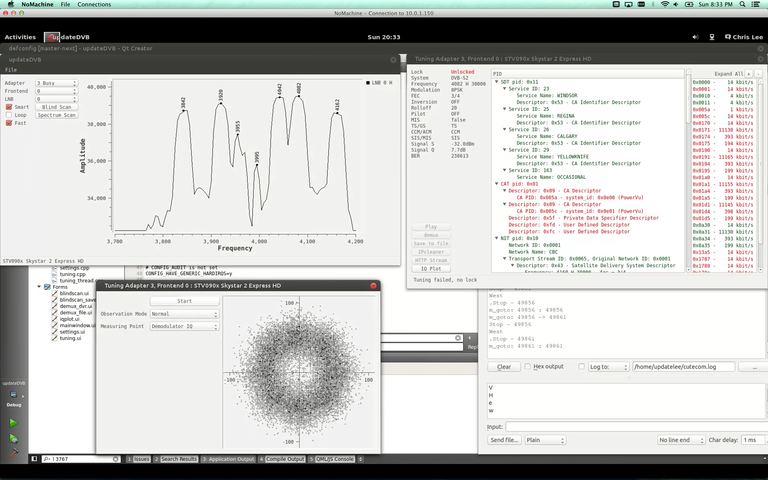So based on that link I must be at 600% quality right now ? even though Im actually 0.2db below lock threshold ?
% is relative based on a position within a min/max scale. db is NOT relative, its a proven method of measurement. repeatable across any receiver.
Im not going to argue this anymore, anyone that knows me knows I know what Im talking about. If you believe Im wrong, prove it. Everyone messes up, Ive been proven wrong before. Your turn, you'll have todo better then that last url though.
UDL
% is relative based on a position within a min/max scale. db is NOT relative, its a proven method of measurement. repeatable across any receiver.
Im not going to argue this anymore, anyone that knows me knows I know what Im talking about. If you believe Im wrong, prove it. Everyone messes up, Ive been proven wrong before. Your turn, you'll have todo better then that last url though.
UDL


